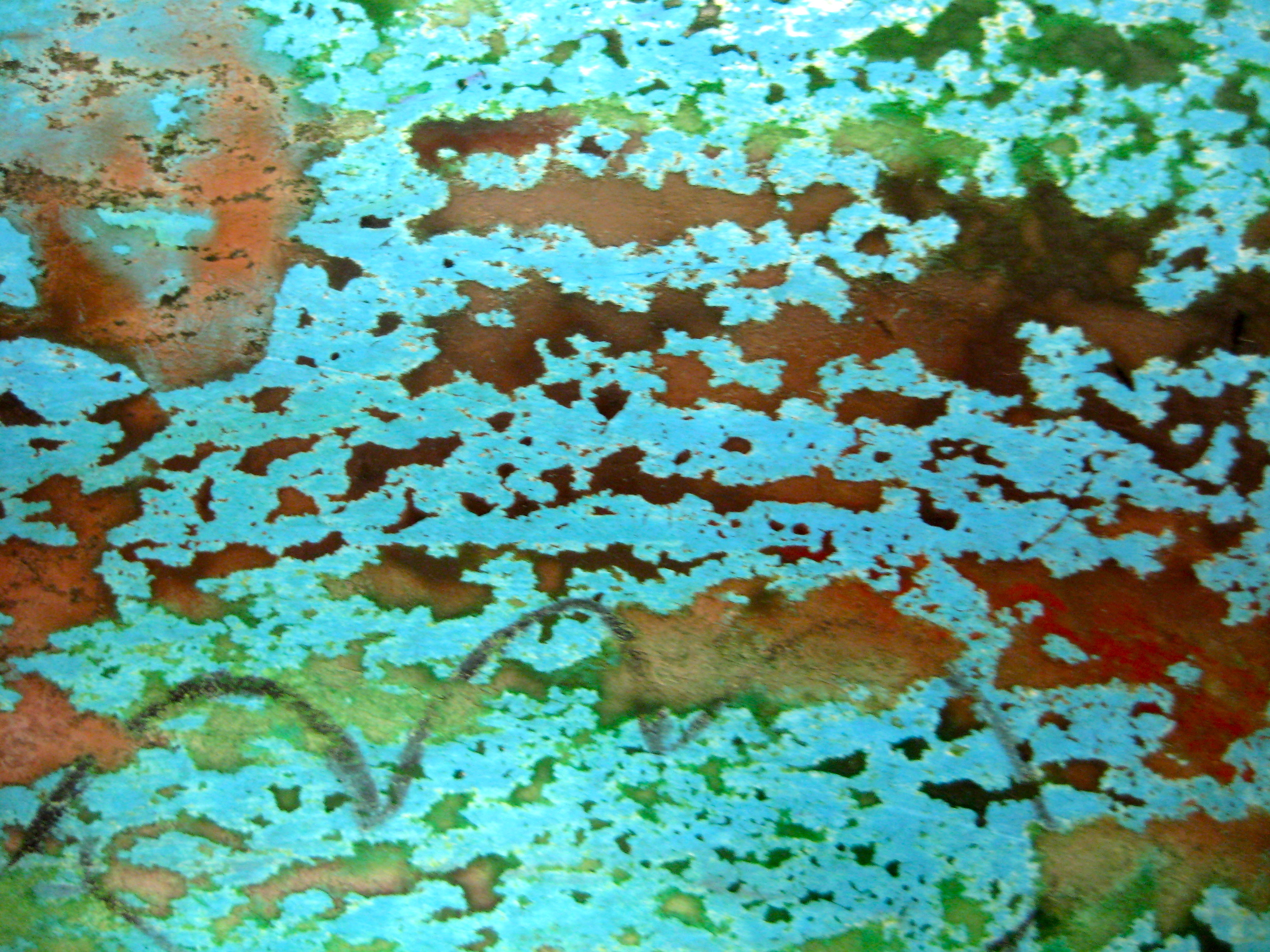Watercolor Technique
Embracing the Unpredictability of Wet Watercolor Application
Grade 1, Watercolor & Black Ink Pen
Watercolor is one of the most common materials students use in the art room. Watercolor is fun, colorful, safe and can be layered over crayons or oil pastel for interesting and vibrant effects. I've noticed that a natural tendency for beginning students is to pick out the little brushes and attempt to use them like a drawing tool to color in the drawing with little, tight brushstrokes. There is a time and place for using watercolor in this way, but my experience is that watercolor truly comes into its own when it is used wet with a larger brush saturated with color. In this wet method of watercolor application, students learn how to control and trust the surprising effects that can occur with a wet brush in a wet environment on the paper. Students see for themselves when they use the watercolors in a loose, wet way how colors blend and flow on the surface--I call these runny, blended effects 'lovely accidents.'
Painting in the classroom can be a challenge especially when things get this wet! During clean-up, it can get a bit loud and sometimes crazy trying to move dirty water containers to the sink and drippy paintings to the floor in a room of happy and excited students. Students work on learning self-control in this environment. Every painting day I see how much children love to mess about in smeary, wet stuff. We all do our best but accidents happen, so I apologize ahead of time for any students going home with spots of paint on their clothing.
The photos to the right are close-ups from student paintings and are examples of why I find watercolor layered on oil pastel so inspiring and how, like a fingerprint, no two paintings are alike . . . especially when the artist is able to embrace the unpredictability of color on a wet surface.
Below: Student art examples, watercolor layered over pen and oil pastel drawings:










